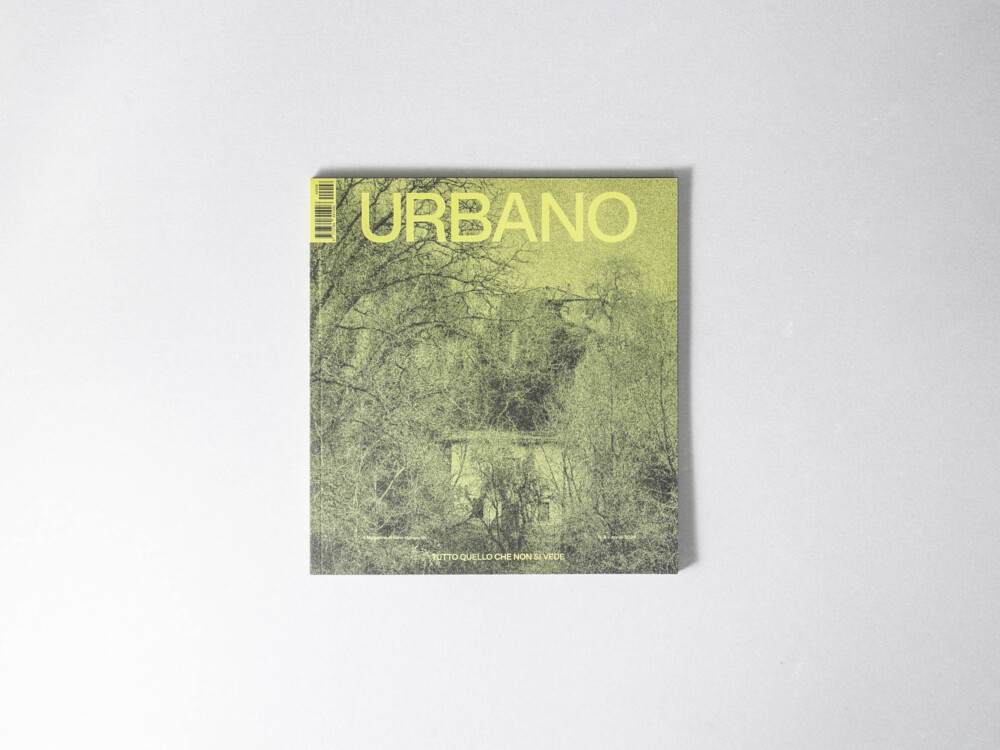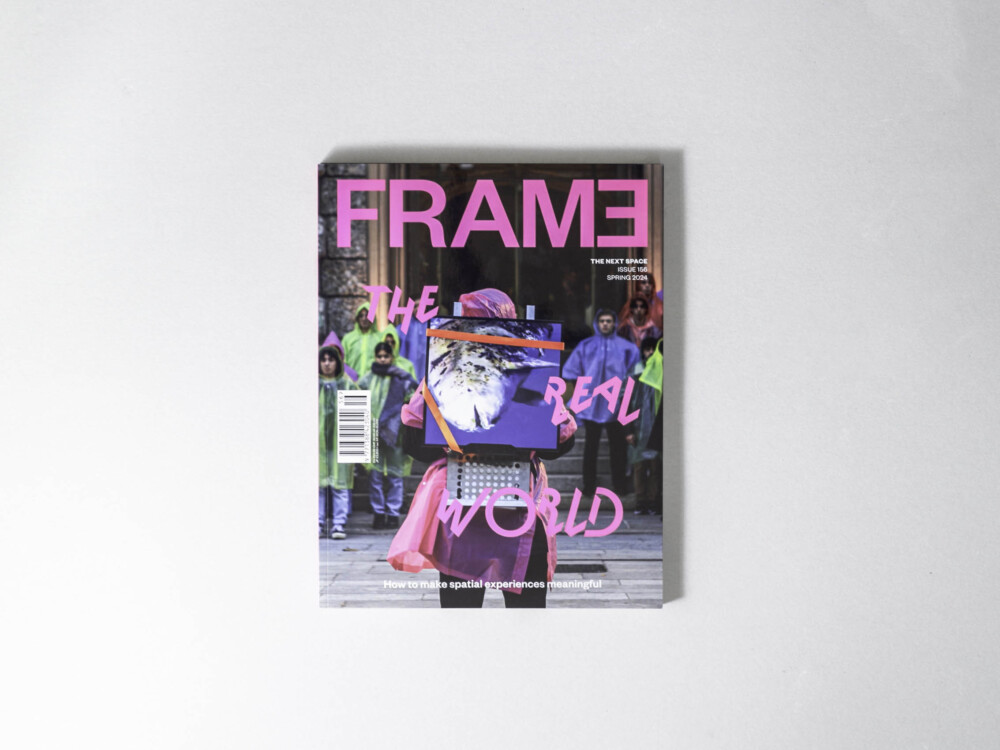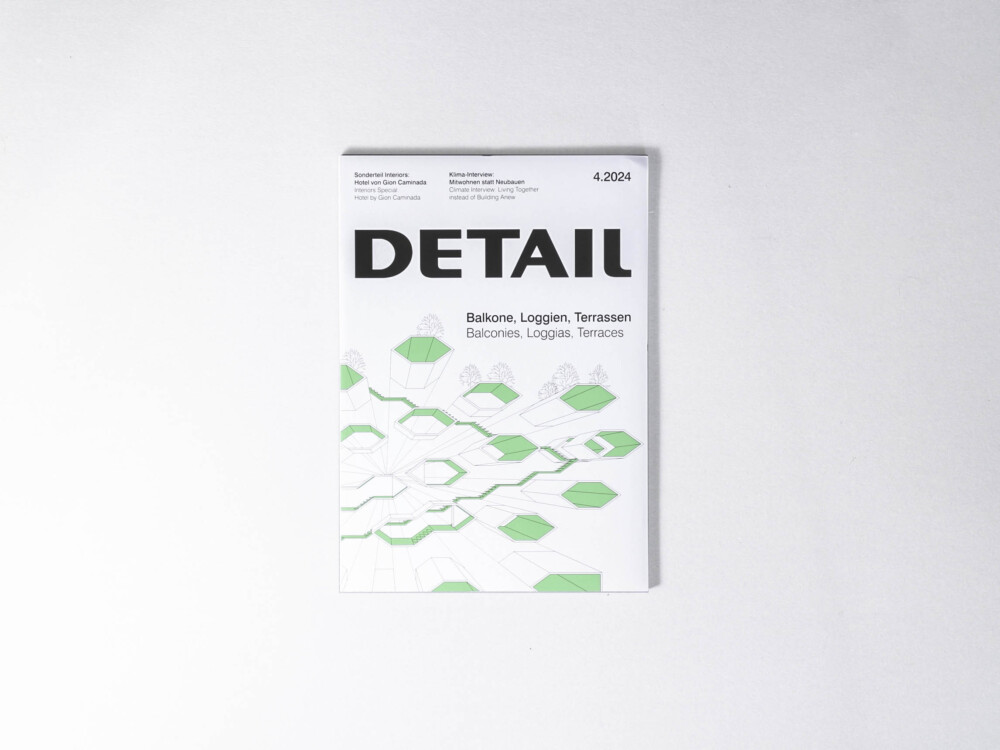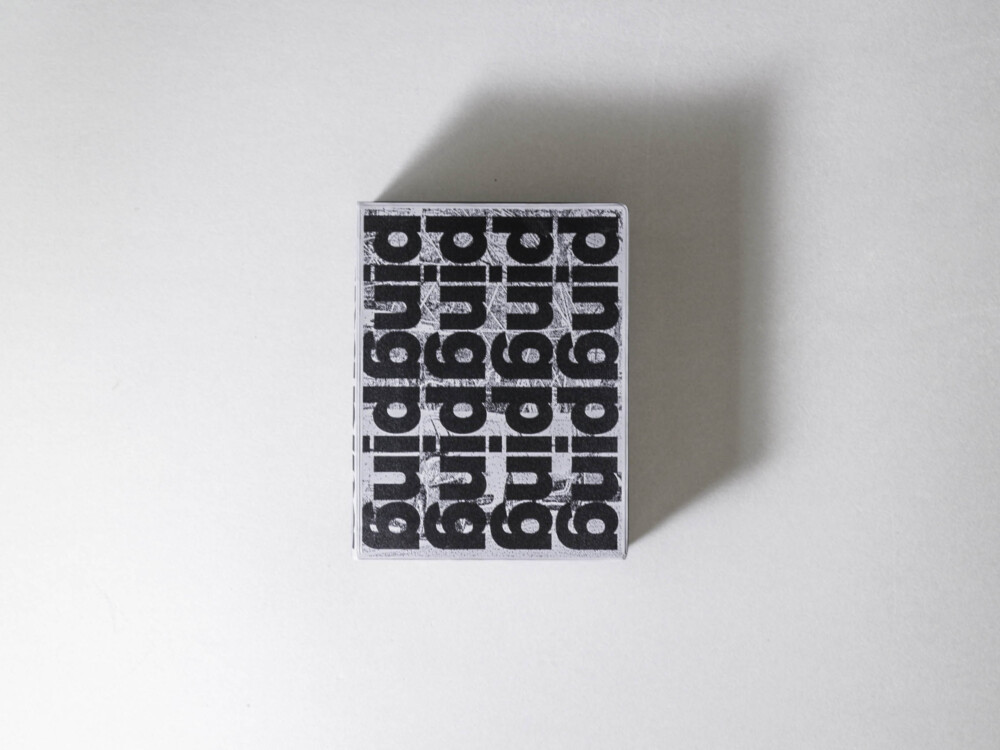From a representational point of view, Swiss architecture is frequently regarded as austere, rigorous and often figurative. Whilst appearing and being formally distinct, the work of the three firms featured in this issue nonetheless reflects a character with profoundly similar characteristics in intangible terms. Transversal to an experimental architecture, (in)dissociable from its scale, programme and geographical or identity context. In Boltshauser’s work, architecture seeks to learn from ancestral construction processes and to innovate from a structural point of view. Taking advantage of resource that are often unexploited, and contributing to the optimisation of the individual and collective well-being. In Bollinger, the experimental nature of his work manifests itself in constructive sophistication and the highest possible extrapolation of the capacities of simple, uncomplicated materials, taking seemingly ordinary situations and contexts as its starting point for the creation of atmospheres of great poetic and dramatic expression. In Zuber’s case, the experience lies above all in the freedom with which sensory intangibility and rigour, whether from a conceptual or material point of view, are translated into a completely representative austerity.















